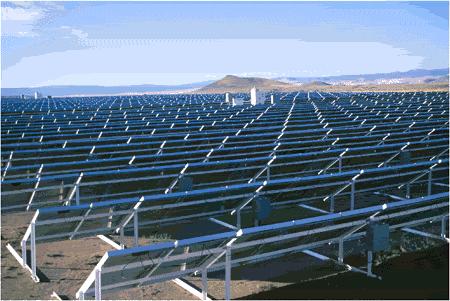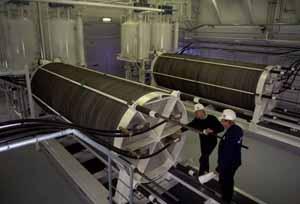Electric Cars
ASAP is a non-profit organization committed to the creation of a U.S. energy system based on solar and wind energy sources and a transition to electric cars.
There are two basic types of electric cars: 1) rechargeable battery electric cars; and 2) hydrogen fuel cell electric cars.
Electric cars are dependable, powerful, energy efficient and quiet. At present, battery electric cars are dominating the electric car market. ASAP supports electric cars and is closely following
developments to evaluate whether battery electric cars can be a viable path to 100% zero emission transportation. A 2020 research study on battery operating life, which is based on information
provided by Tesla car owners, concludes that electric car batteries can be expected to still be operating at over 90% capacity with 150,000 miles driven and at 85% capacity
with 250,000 miles driven. These insights are very encouraging, but the results are preliminary since this was not a random sample of Tesla car owners and the information
provided was not gathered under controlled conditions. A development worth watching is Tesla's collaboration with CATL for the planned production of the “million-mile battery”. In addition,
rechargeable electric vehicle batteries eventually may be able to to contribute to utility grid stability.
That being said, ASAP wants to keep the hydrogen fuel cell electric car option on the table until we know more about public acceptance of battery recharging in large
cities, where much of the population lives in dense urban areas, with many people living in apartment buildings without a place to easily charge a car. In contrast,
hydrogen fuel cell electric cars are refueled at service stations just like we do today with our internal combustion engine cars. When the car's fuel gauge approaches empty, you
drive to a service station and fill up with hydrogen.
Hydrogen gas can be produced by electrolysis of water using solar and wind electricity, which is a true zero emissions fuel path. It will take twenty or more years for a clear
decision to emerge regarding consumer preference for electric car technology since hydrogen fuel cell vehicle markets are limited by availability of hydrogen filling stations with the
most notable hydrogen filling station infrastructure in Germany and Japan.
For information on hydrogen fuel cell electric cars go to the following websites:
Article: Facts about hydrogen fuel cell vehicles.
Sun, Wind and Water – Our Energy Future
Hydrogen - the Forever Fuel
Solar Electricity (Left Photo) is sent to an Electrolysis Plant (Right Photo) to Split Hydrogen Molecules from Water (H2O).
In fact, the quantity of hydrogen produced from a gallon of water will power a fuel cell car the same number of miles as a gallon of gasoline for a conventional car (about 27 miles).



